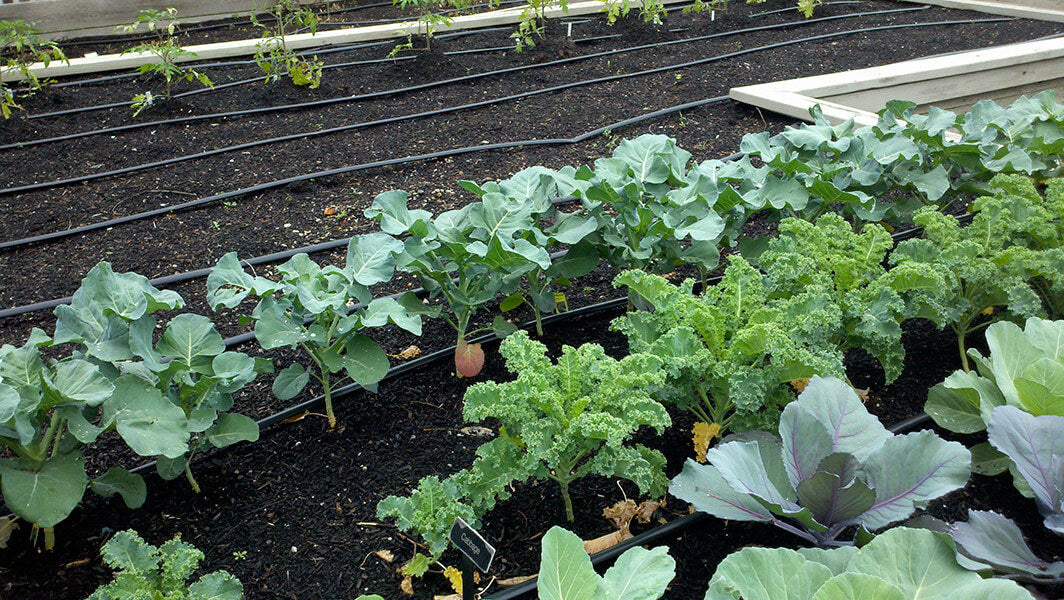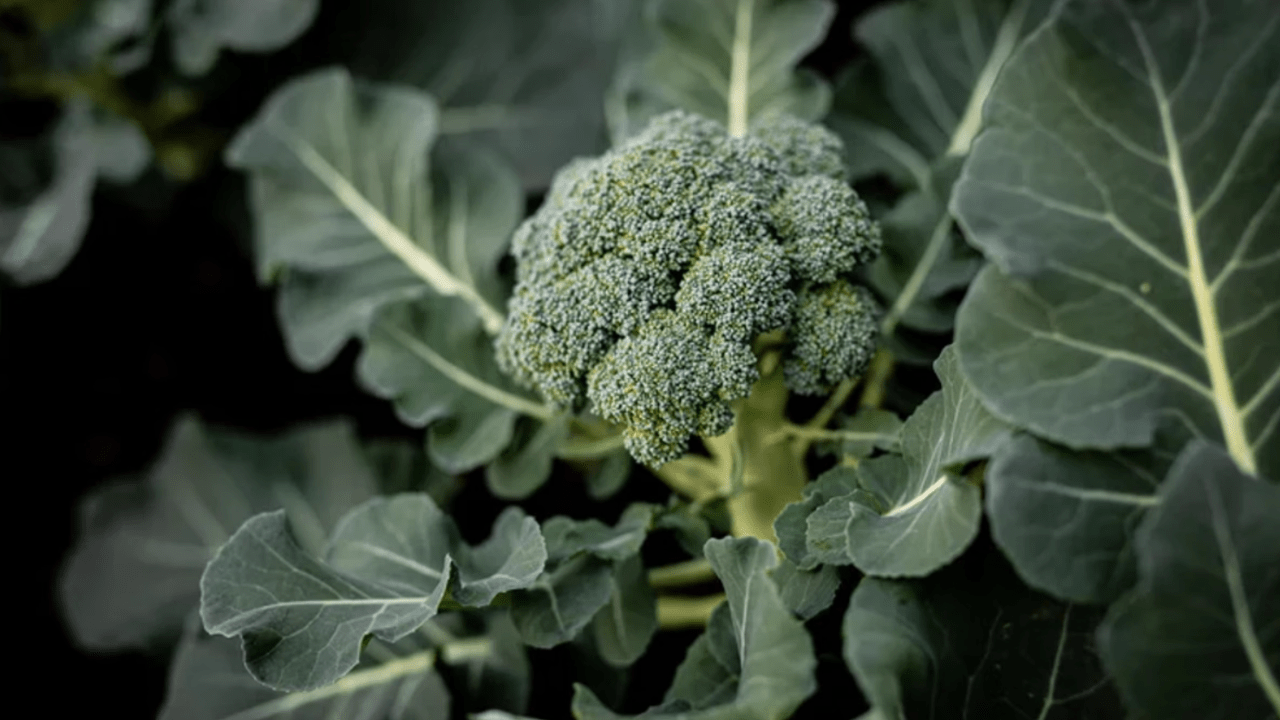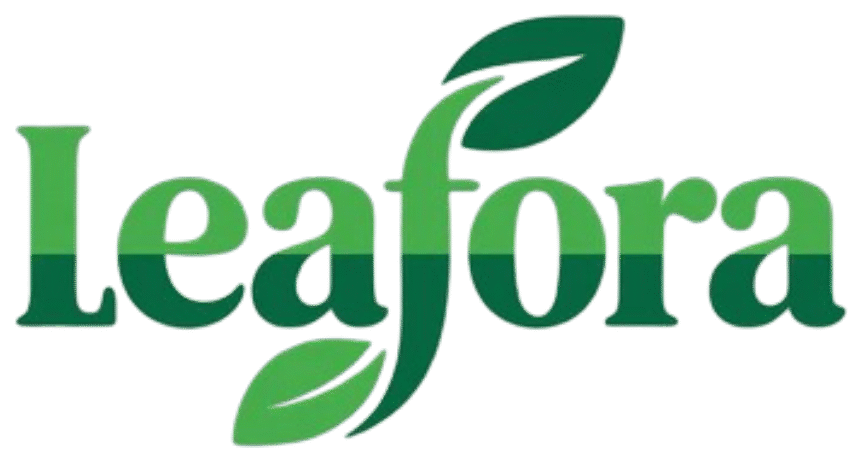Is Broccoli Man-Made? (And What It Used to Be)
Discover the surprising origins of this favorite veggie and how humans turned a wild weed into one of the healthiest vegetables in your kitchen.

Introduction: Is Broccoli Natural or Man-Made?
Broccoli might seem like the kind of plant that’s always been part of nature’s buffet. It grows from the ground, has a simple structure, and doesn’t look overly engineered. But here’s the truth: broccoli is man-made—a result of centuries of careful selective breeding by humans, not a vegetable that naturally evolved in the wild.
But that doesn’t mean it’s synthetic or unhealthy. In fact, broccoli is a nutrient powerhouse, and its story is a fascinating look at how humans have shaped the food we eat.
Let’s dive into the real origin of broccoli, what it used to be, how it was developed, and what makes it different from truly wild plants.
What Is Broccoli, Really?
Broccoli (Brassica oleracea var. italica) is a cultivated vegetable in the Brassicaceae family—also known as the mustard family. This group includes:
- Cabbage
- Cauliflower
- Kale
- Brussels sprouts
- Collard greens
- Kohlrabi
These vegetables may look and taste different, but genetically, they’re incredibly similar. That’s because they all descend from the same wild ancestor—a hardy Mediterranean plant called wild mustard (Brassica oleracea).
So, Yes—Broccoli Is Man-Made (But Not Artificial)
The term “man-made” doesn’t mean broccoli is artificial, GMO, or lab-grown. Instead, it refers to the process of selective breeding. Ancient farmers noticed traits they liked—bigger flower buds, faster growth, better flavor—and carefully saved seeds from those plants.
Over many generations, these choices shaped wild mustard into something completely different: the broccoli we eat today.
How Did We Get Broccoli From Wild Mustard?

Wild mustard is a scraggly-looking plant that grows on rocky coastal soils. It’s tough, bitter, and definitely not something you’d serve with cheese sauce. But it had one major strength—it was extremely genetically flexible.
Ancient farmers in the Mediterranean began experimenting with it around 2,000 years ago, selecting for different traits.
Here’s how selective breeding from wild mustard created our modern brassica crops:
| Crop | Part of the Plant Selected For |
|---|---|
| Broccoli | Immature flower heads (florets) |
| Cauliflower | Dense, undeveloped flower clusters |
| Cabbage | Terminal leaf buds (the head) |
| Brussels Sprouts | Lateral buds along the stem |
| Kale | Large, edible leaves |
| Kohlrabi | Thickened stem base |
Broccoli was developed by selecting wild mustard plants with larger, more tender flower heads. Over centuries, these traits were enhanced until the modern form of broccoli was stabilized.
Who Invented Broccoli?
Broccoli as we know it was first cultivated in the Roman Empire, though the exact date is hard to pinpoint. The vegetable’s name comes from the Italian word broccolo, which means “the flowering crest of a cabbage.”
It was perfected in Italy and remained mostly unknown outside southern Europe until the 18th century.
Timeline of Broccoli’s Development
| Period | Broccoli’s Journey |
|---|---|
| ~600 BCE | Wild mustard grows naturally in the Mediterranean |
| Roman Empire | Broccoli cultivated through selective breeding |
| 1500s | Widely grown in Italy as a staple green |
| 1700s | Introduced to France and England |
| 1920s–1930s | Broccoli enters U.S. markets via Italian immigrants |
| 1970s–Today | Mainstream crop in global cuisine and commercial farming |
Is Broccoli Genetically Modified (GMO)?
No—standard broccoli is not genetically modified. While it is man-made through breeding, it has not been altered in a laboratory using modern genetic engineering.
✅ Broccoli is non-GMO.
🚫 It is not created with CRISPR, gene splicing, or biotechnology.
However, there are some hybrid varieties of broccoli, which are made by crossing two different types of broccoli to improve disease resistance, flavor, or productivity. These are natural crossbreeds, not genetically engineered.
Types of Broccoli: Man-Made Varieties

Modern broccoli comes in many forms, all created through breeding programs to serve specific needs like yield, climate tolerance, or flavor.
Common Varieties:
- Calabrese Broccoli – The most familiar grocery store type, with a large head and thick stalk
- Sprouting Broccoli – Produces lots of small heads and thin stems; good for continual harvest
- Purple Broccoli – Rich in anthocyanins, more common in the UK
- Romanesco – Fractal-shaped, light green broccoli-cauliflower hybrid
- Broccolini (Baby Broccoli) – A hybrid of broccoli and Chinese broccoli, with long, tender stems
Each variety is the result of intentional human-guided breeding for better texture, harvest timing, flavor, and adaptability.
Why Was Broccoli Developed in the First Place?
Ancient growers likely selected broccoli for several reasons:
- Edibility: Tender flower buds were less bitter than wild mustard
- Nutrition: Early forms were packed with vitamins and minerals
- Resilience: Broccoli thrived in coastal Mediterranean climates
- Storage and Cooking: Buds and stems could be preserved and cooked easily
Even today, broccoli remains a top crop for nutrition and sustainability. It’s relatively easy to grow, highly nutritious, and versatile in cooking.
Nutritional Benefits of Broccoli
Broccoli isn’t just man-made—it’s intentionally designed to be good for you.
| Nutrient | Per 1 Cup (91g) Cooked | Health Benefit |
|---|---|---|
| Vitamin C | 81 mg (135% DV) | Supports immune health, skin, and iron absorption |
| Vitamin K | 92 mcg (115% DV) | Important for bone health and blood clotting |
| Folate | 57 mcg (14% DV) | Crucial for cell division and fetal development |
| Fiber | 2.4g | Supports digestion and gut health |
| Sulforaphane | — | Powerful antioxidant and anti-cancer properties |
Broccoli is low in calories, rich in fiber, and loaded with antioxidants—making it one of the most health-boosting veggies around.
Is Broccoli “Natural” If It’s Man-Made?

That depends on how you define natural. If “natural” means something that grows in the wild without human influence—then no, broccoli isn’t natural. But if “natural” means made without chemicals, genetic engineering, or artificial means—then yes, broccoli is 100% natural.
It’s grown from seeds, develops in soil, and is produced without synthetic manipulation. It’s man-made, but not unnatural—much like most fruits and vegetables in your grocery store.
Fun Facts About Broccoli
- Broccoli is a flower: If not harvested, the buds bloom into yellow flowers.
- You can eat the leaves and stems, not just the florets—they’re delicious and nutritious.
- Thomas Jefferson grew broccoli in his garden at Monticello.
- China and India are the top global producers of broccoli and cauliflower.
- Romanesco broccoli, despite its name, is more closely related to cauliflower.
Table of Contents
FAQs: Is Broccoli Man-Made?
Q1: Is broccoli genetically modified (GMO)?
No. Broccoli is not genetically modified. It was developed through traditional breeding, not modern gene editing or engineering.
Q2: What plant did broccoli come from?
Broccoli comes from wild mustard (Brassica oleracea), a plant native to the Mediterranean.
Q3: Who invented broccoli?
Broccoli was first cultivated by early Roman farmers, then perfected in Italy. Its exact originator is unknown, as it was developed over centuries.
Q4: Are broccoli and cauliflower the same plant?
They’re close relatives. Both are cultivated varieties of Brassica oleracea and differ mainly in which part of the flower structure was selected during breeding.
Q5: Is broccoli bad because it’s man-made?
Not at all! “Man-made” doesn’t mean unhealthy. Broccoli is one of the most nutrient-dense, beneficial vegetables you can eat.
Q6: What’s the difference between hybrid and GMO broccoli?
- Hybrid: Cross between two broccoli varieties (natural, man-made)
- GMO: Genetically altered in a lab (broccoli is not GMO)
Q7: Can I grow broccoli at home?
Yes! Broccoli is a cool-season crop. Start seeds indoors or transplant seedlings in early spring or fall. It grows best in well-drained, fertile soil with full sun.
Conclusion: Broccoli—A Man-Made Miracle From Nature

Broccoli didn’t spring from the earth fully formed. It’s a result of human curiosity, experimentation, and generations of farming innovation. But far from being unnatural, broccoli is a celebration of how humans can work with nature to create something better.
It’s living proof that agriculture is both science and art—and that the foods we enjoy today often have long, fascinating stories behind them.
So the next time you steam up a bowl of broccoli or roast some florets for dinner, remember: you’re eating a vegetable that took centuries to perfect—by hand, not by machine.

